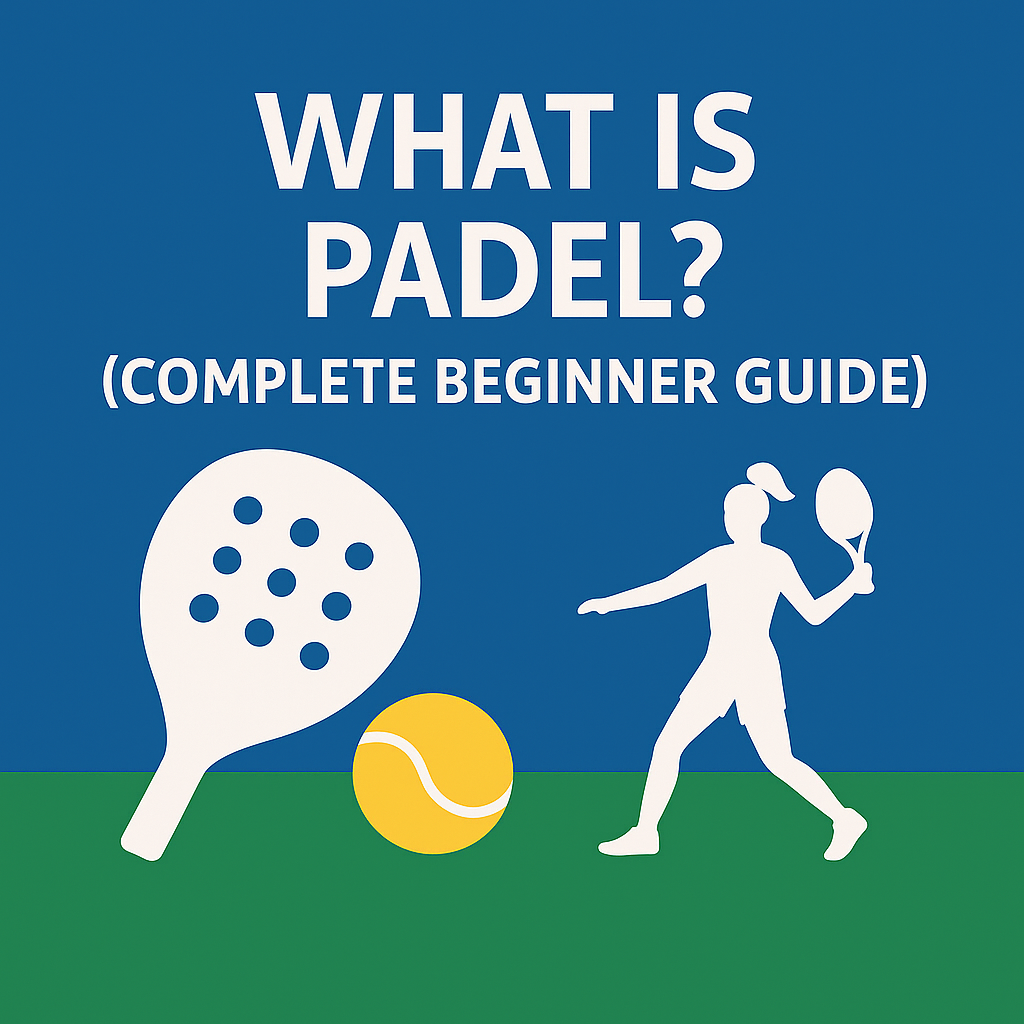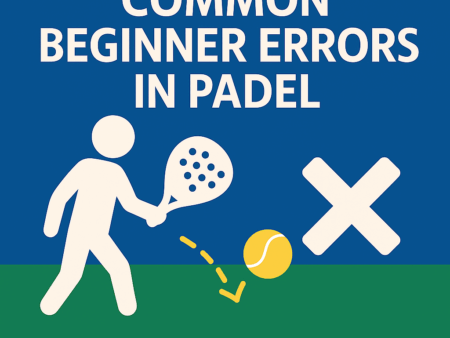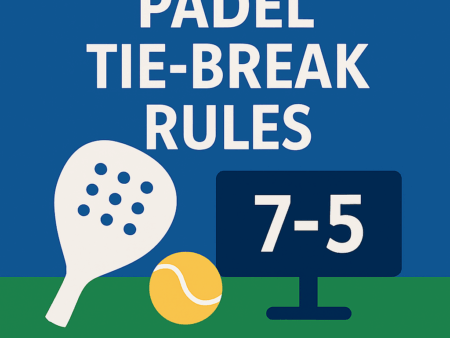
Padel is one of the fastest‑growing sports in the world. It combines elements of tennis and squash, is easy to learn, and offers fast, tactical, and social gameplay that appeals to players of all ages.
This complete beginner guide explains exactly what padel is, how it works, what makes it unique, and why it has exploded globally.
🟦 What Is Padel?
Padel is a racket sport played on an enclosed court roughly one‑third the size of a tennis court. It is almost always played in doubles (2 vs 2) and features:
- Solid, stringless rackets
- Perimeter glass and metal mesh walls
- Underarm serves
- Fast rallies with rebounds off the walls
The sport blends the strategy of squash with the technique of tennis — but is far easier for beginners to enjoy immediately.
🟩 The Origins of Padel
Padel was created in Mexico in the late 1960s and spread quickly to:
- Spain
- Argentina
- Portugal
- Italy
- Middle East
Today, it is growing rapidly across Europe, LATAM, North America, and Asia.
🟨 Why Padel Is So Popular
Padel’s explosive growth is driven by:
- Accessibility – easy to learn in 10–15 minutes
- Social gameplay – always played in doubles
- Long rallies – makes matches exciting even at beginner level
- Low physical barrier – less demanding than tennis
- Tactical depth – multiple playstyles work
- Fast matches – usually 60–90 minutes
The combination of simplicity + strategy makes padel addictive.
🟧 The Padel Court Explained
Padel is played on a 10m x 20m court.
Key features:
- Surrounded by glass walls and metal mesh
- A central net divides the court into two sides
- Service boxes similar to tennis
- The ball may bounce off the walls after hitting the ground
Court Zones
- Net area: offensive zone for volleys, bandejas, and smashes
- Backcourt: defensive zone for lobs and wall play
- Side walls: used tactically for angled shots and rebounds
🟫 What Equipment Do You Need?
Padel requires minimal gear:
1. Padel Racket
Solid EVA‑foam racket with no strings.
- Round shape → control
- Teardrop → balanced
- Diamond → power
2. Padel Balls
Similar to tennis balls but slightly lower pressure.
3. Padel Shoes
Designed with:
- Lateral support
- Hard‑court or herringbone grip
Optional:
- Wristbands
- Overgrips
- Padel bag
🟥 Basic Rules of Padel
Padel rules are simple and beginner‑friendly.
1. Always Played in Doubles
Singles courts exist but are rare.
2. The Serve Is Underarm
- Ball must bounce below waist height
- Serve must be hit diagonally
3. Scoring Is the Same as Tennis
15 – 30 – 40 – game.
4. The Ball Must Bounce Once Before Hitting the Wall
You cannot return the ball directly off your own wall.
5. The Ball May Rebound Off the Walls
This creates longer, tactical rallies.
6. Points Continue Until:
- The ball bounces twice
- The ball hits a wall before the ground
- The ball hits the mesh on a serve
- A player makes an unforced error
🟦 How a Padel Rally Works (Step‑by‑Step)
- Underarm serve diagonally into the service box.
- Receiver returns after the first bounce.
- Rallies include volleys, lobs, smashes, and wall rebounds.
- Teams alternate attacking and defending.
- Point ends after a mistake or winning shot.
Rallies often last 10–20+ shots, making padel exciting at all levels.
🟩 Playing Styles in Padel
Padel allows for diverse playstyles.
1. Offensive Net-Dominant Style
- Fast volleys
- Bandejas
- Viboras
2. Defensive Lob + Counterattack Style
- High lobs
- Smart wall play
- Patience + consistency
3. Power Smash Style
- Overhead winners
- 3‑meter and 4‑meter exits
4. Tactical Mixed Style
- Alternates between offence and defence
Different combinations create interesting matchups.
🟨 Padel vs Tennis: Key Differences
| Feature | Padel | Tennis |
|---|---|---|
| Serve | Underarm | Overarm |
| Court | Enclosed walls | Open court |
| Rackets | Solid, no strings | Strung |
| Bounce | Wall rebounds allowed | No walls |
| Doubles | Standard | Optional |
| Difficulty | Easier for beginners | Harder |
Padel is easier to pick up but still strategically deep.
🟧 Who Can Play Padel?
Padel is ideal for:
- Kids
- Adults
- Seniors
- Recreational athletes
- Families
- Competitive players
Its low physical barriers mean anyone can play on day one.
🟫 How Long Is a Padel Match?
Most matches last 60–90 minutes, depending on:
- Number of sets
- Length of rallies
- Indoor/outdoor play
- Playing style
🟥 Why Padel Is Perfect for Beginners
Beginners love padel because:
- The learning curve is short
- Rallies last longer immediately
- Doubles format is sociable
- You don’t need years of practice
You’ll hit 20‑shot rallies far sooner than in tennis.
🟦 Summary
Padel is a fast, social, strategic racket sport combining tennis technique and squash‑style wall play. It’s easy to learn, accessible for all ages, and full of tactical depth.
This page introduces the foundation for Category 2.
Next: Page 2 — How Padel Scoring Works.


